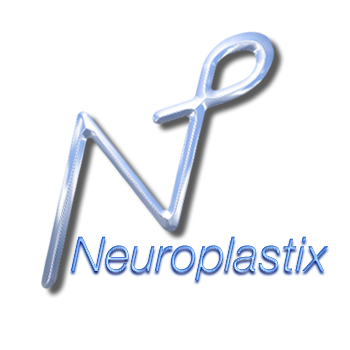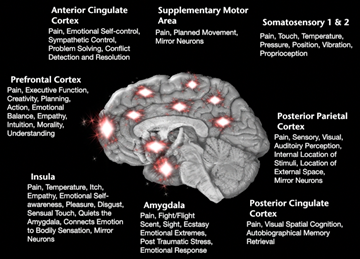R.A.F.T.
R.A.F.T. is one of the core concepts of Neuroplastic Transformation Treatment. Review Page 9 of the Neuroplastic Transformation workbook. People living with persistent pain experience phases of their disorder, going through matching phases of treatment. Persistent pain marks the transformation of pain from a symptom that warns about danger to a disease that is marked by changes in the entire body. Injury to tissue is not cleared up by normal inflammatory and anti-inflammatory processes. Nervous System signaling is amplified by unrelenting painful input from the sensory nerves in injured parts of the peripheral body. This results in perpetual firing of nerve cells in the spinal cord and the brain and activation of nerve cell receptors that cause rapid and long term firing of nerves. Inflammatory discharges of non nerve cells in the brain, within which these perpetually firing nerve cells are located, results in expansion of the pain map in the brain, at the cost of other important regional functions. Taking back that expanded pain map and restoring the brain to normal can be accomplished by counter-stimulating the brain whenever pain intrudes upon consciousness.
Inflammatory compounds are released by the brain into the injured peripheral tissue and a loop is set up. Look at the writing under the R.A.F.T. graphic on page 9 of the Neuroplastic Transformation workbook. Review the description of the four phases of treatment, Rescue, Adjustment, Functionality and Transformation. Like the picture of the raft full of paddlers, it takes a team to wend through these phases and there are likely to be many treacherous traps along the way to prevent ending persistent pain’s fury. Diligent and relentless work will overcome obstacles.

